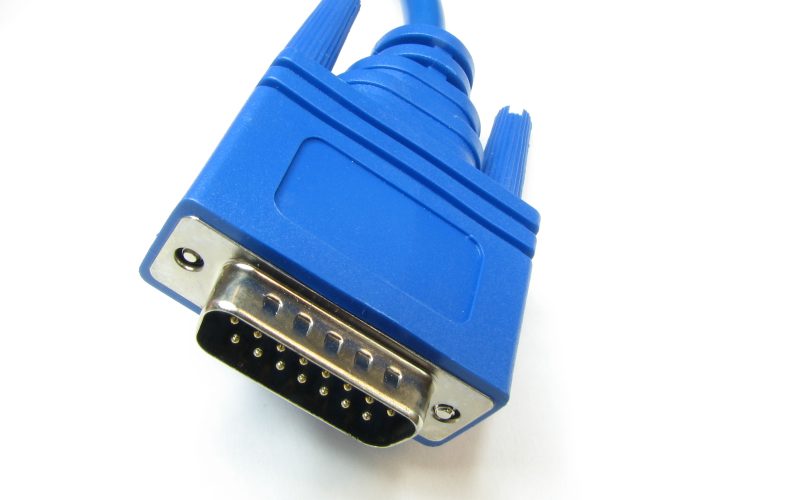In the ever-evolving landscape of technology, connectors play a crucial yet often underappreciated role. They are the unsung heroes, enabling seamless communication and interaction between devices. One such connector, the D sub connector, has been a workhorse in the electronics industry for decades. In this blog, we’ll delve into the world of D-sub connectors, exploring their history, types, applications, and the reasons behind their enduring popularity.
The Origins of D-Sub Connectors
The D-sub, short for “D-subminiature” connector, has a fascinating history that dates back to the mid-20th century. Originally designed by ITT Cannon in the 1950s, the D-sub connector was intended to provide a standardized interface for connecting computers and peripherals. Its distinctive “D” shape, with a combination of pins and sockets, made it instantly recognizable.
Types of D-Sub Connectors
D-sub connectors come in various sizes, which are typically designated by their shell size. The most common types are the DE-9, DB-15, and DB-25 connectors. The numeric portion of the name corresponds to the number of pins or contacts on the connector. Here are some of the most common D-sub connector types:
- DE-9 (9-pin): This is the connector used for RS-232 serial communication. It’s often found on older computers and peripherals.
- DB-15 (15-pin): Known for its use in VGA video connections, the DB-15 is also found on some early Macintosh computers.
- DB-25 (25-pin): This connector was widely used for parallel printer ports in older computers.
- DA-15 (15-pin): Found on early Apple Macintosh computers for various connections.
- DD-50 (50-pin): Often used in SCSI (Small Computer System Interface) connections.
Applications of D-Sub Connectors
D-sub connectors have found their way into a multitude of applications, thanks to their robustness and versatility. Some of the most common applications include:
- Computers and Peripherals: D-sub connectors are still used for VGA and serial connections in many computers and monitors.
- Aerospace: D-sub connectors are chosen for their durability in harsh environments, making them suitable for aerospace and defense applications.
- Industrial Automation: In factories and industrial settings, D-sub connectors are used for connecting sensors, actuators, and other equipment.
- Telecommunications: D-sub connectors are used in telephone and data communication equipment.
- Medical Equipment: They find application in various medical devices, such as patient monitors and diagnostic equipment.
- Audio/Video: In the professional audio and video industry, D-sub connectors are used for analog and digital signal transmission.
Why D-Sub Connectors Endure
- Durability: D-sub connectors are known for their ruggedness and longevity. Their metal shells and secure locking mechanisms make them ideal for applications where frequent connections and disconnections occur.
- Versatility: The various pin configurations and sizes of D-sub connectors make them adaptable to a wide range of applications. They can handle data, power, and signal transmission.
- Standardization: The D-sub connector is standardized, ensuring compatibility between devices and ease of replacement when necessary.
- Cost-Effective: D-sub connectors are cost-effective, making them an attractive choice for many applications.
- Reliability: Their proven track record for reliability and data integrity further cements their popularity.
Conclusion
In the ever-evolving landscape of electronics, D-sub connectors remain a symbol of durability, versatility, and reliability. Their ability to adapt to various applications, combined with a rich history of use, ensures their continued relevance. As technology continues to advance, D-sub connectors will likely remain a steadfast choice for many industries, bridging the gap between devices and enabling seamless communication in a wide range of applications.
